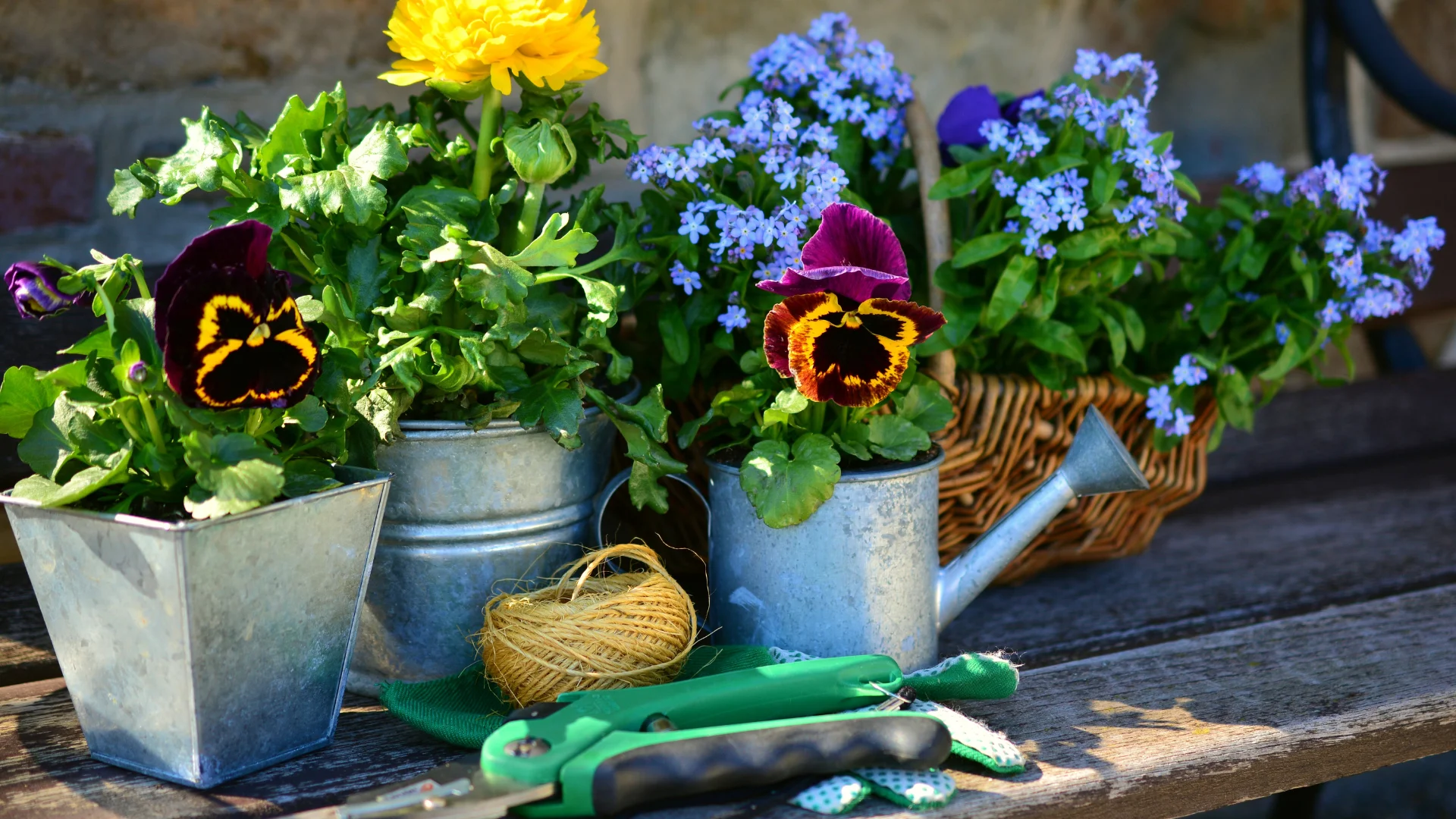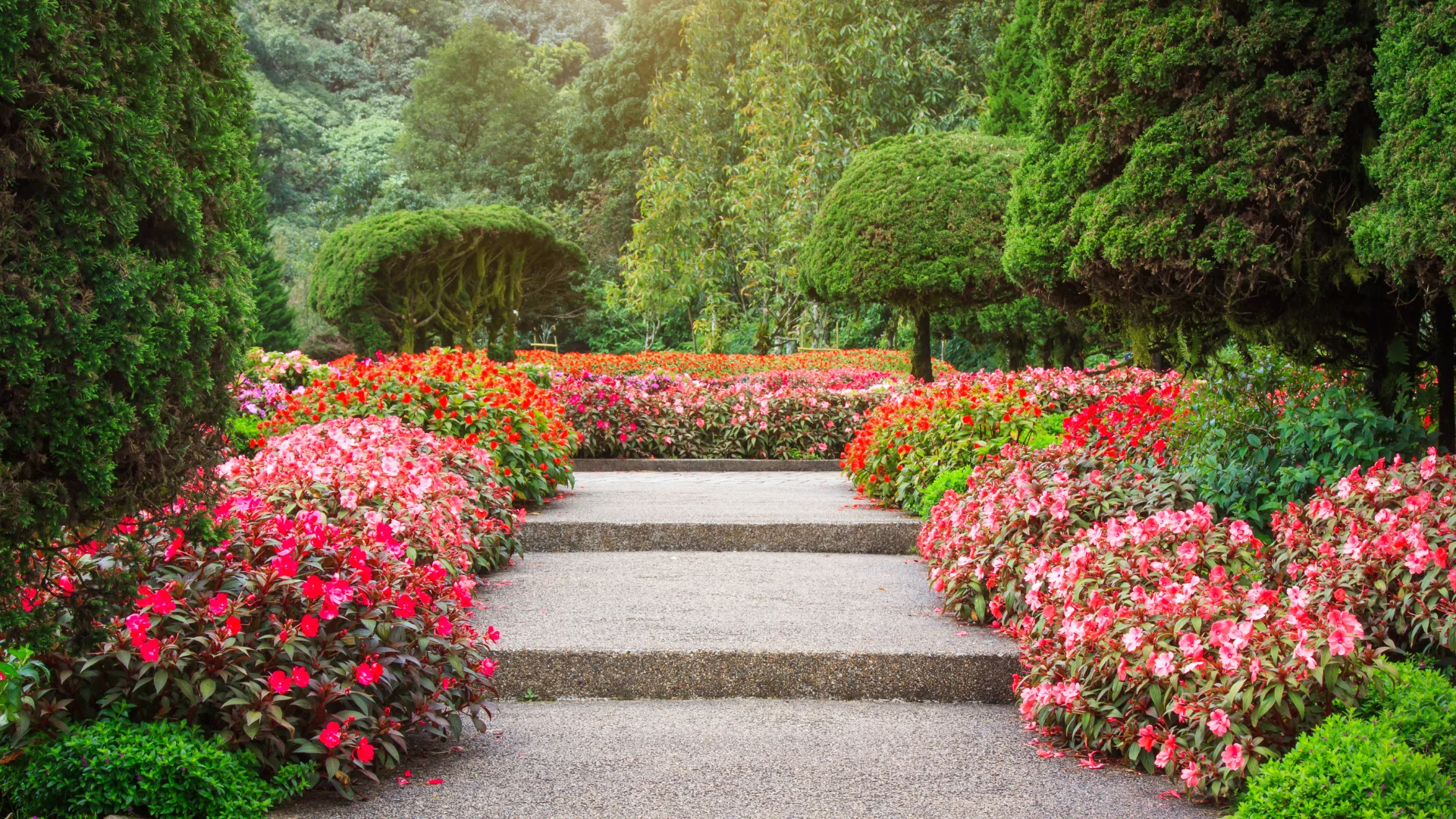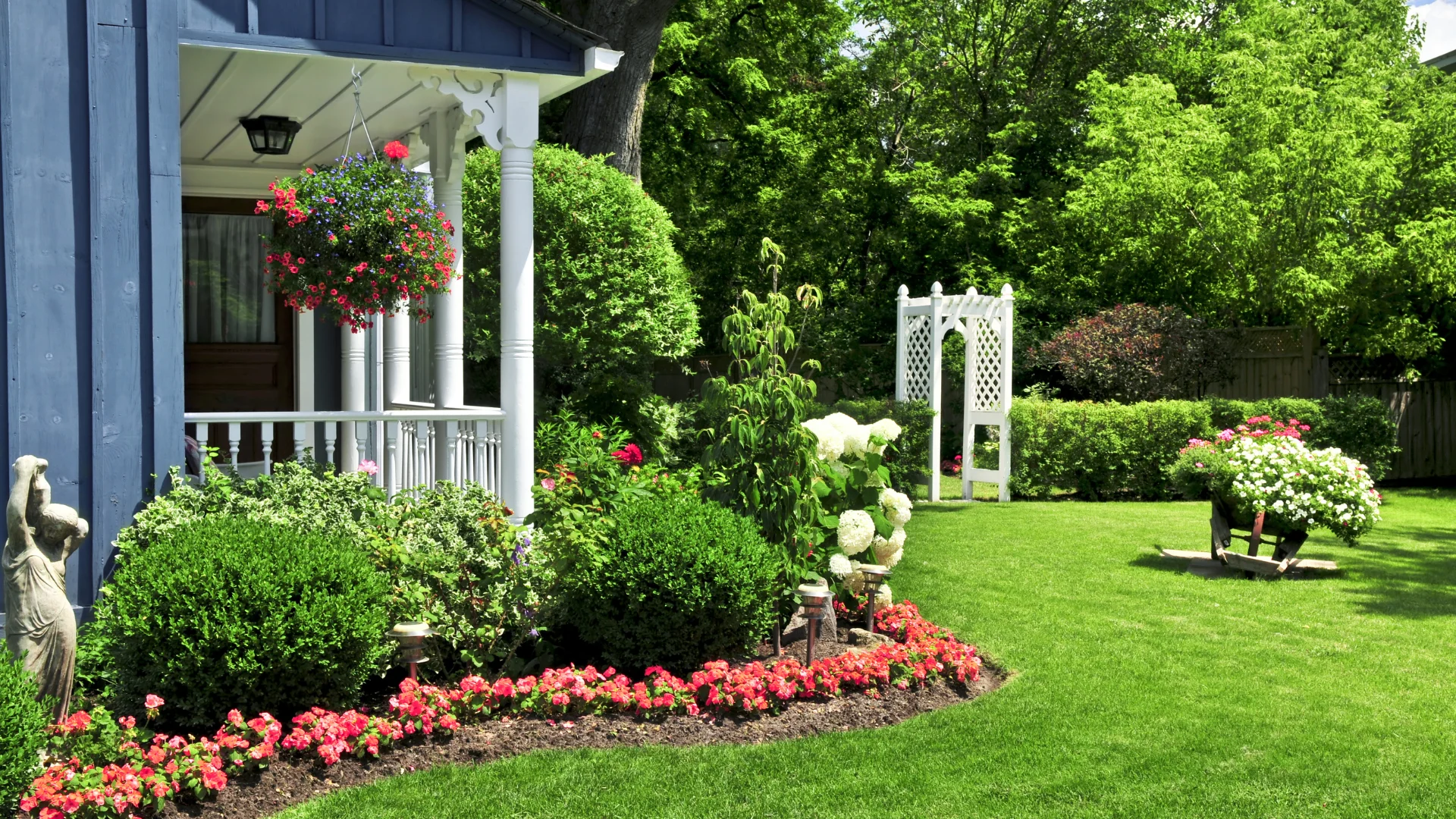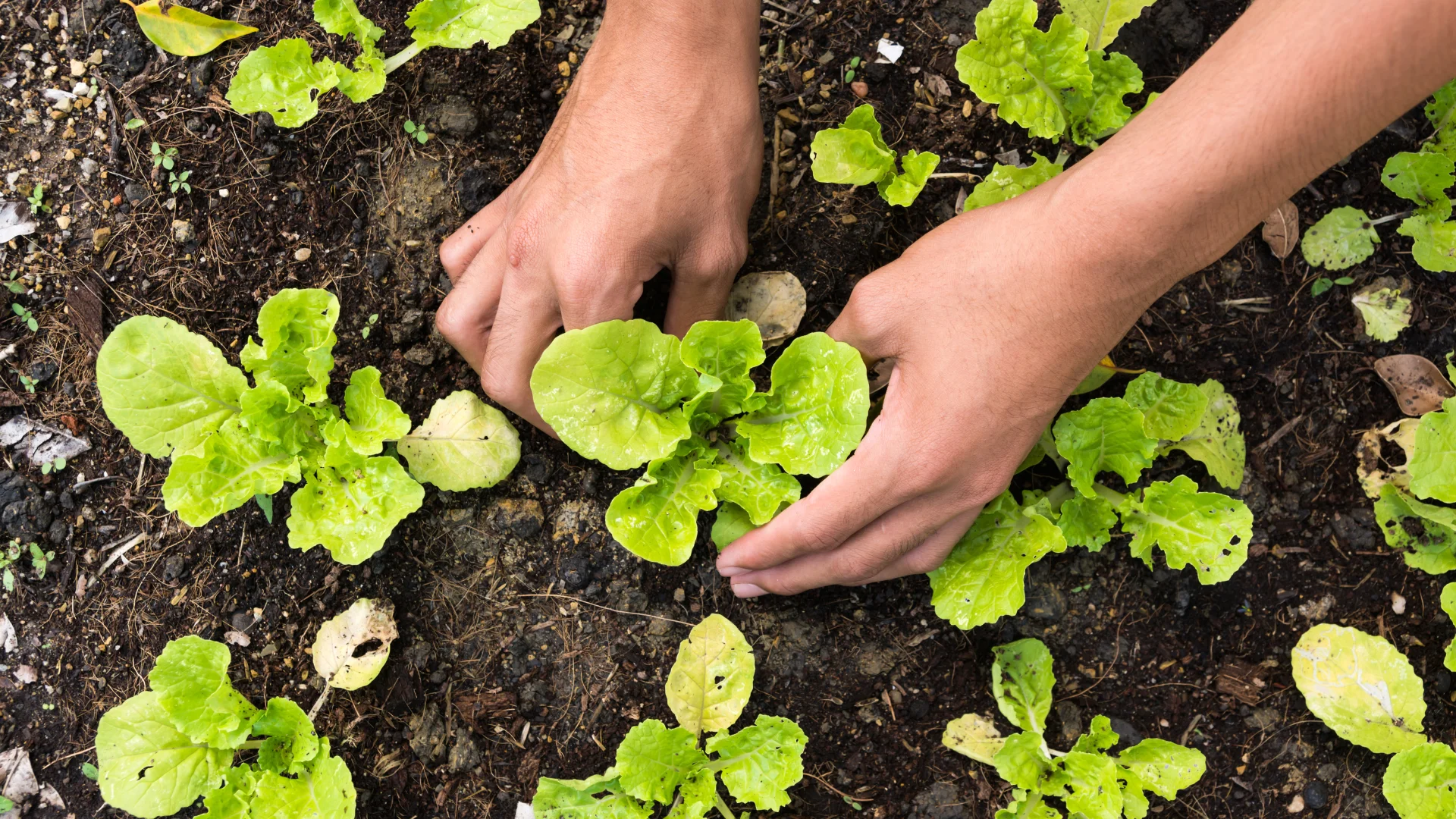Introduction
Gardening trends are continually evolving, reflecting changes in environmental concerns, technological advancements, and aesthetic preferences. In 2024, several exciting trends are emerging in garden design, architecture, home improvement, DIY projects, and garden aesthetics. This article explores these trends, supported by real statistics and expert insights, and provides recommendations for incorporating them into your garden.
Sustainable Practices
Native Plants and Biodiversity
In 2024, there is a strong emphasis on using native plants and promoting biodiversity. Native plants are well-adapted to local conditions and require less maintenance, making them an environmentally friendly choice. By incorporating native plants, gardeners can support local wildlife, including essential pollinators like bees and butterflies. This trend not only enhances the ecological health of gardens but also aligns with broader environmental sustainability goals.
Climate-Resilient Gardens
With the increasing impact of climate change, gardeners are focusing on creating climate-resilient gardens. This involves selecting plants that can withstand extreme weather conditions, such as drought-tolerant species and those capable of handling significant temperature fluctuations. Rain gardens, which capture and utilize rainwater efficiently, are also gaining popularity as a sustainable solution for managing water resources and reducing runoff.
No-Dig Gardening
No-dig gardening is becoming a preferred method for many gardeners who aim to enhance soil health and reduce labor. This approach involves minimizing soil disturbance, using mulch, and planting cover crops to maintain soil structure and fertility. By keeping roots in the ground year-round, gardeners can improve carbon sequestration and promote a healthier ecosystem.
Technological Innovations
Smart Yard Technology
Technological advancements are transforming the way we manage gardens. Smart irrigation systems, for example, use real-time weather data to optimize watering schedules, reducing water usage and costs. Mobile apps allow gardeners to monitor and adjust their garden care remotely, making it easier to maintain healthy and thriving landscapes.
Vertical Gardening
With space becoming a premium, vertical gardening offers a practical solution for maximizing limited areas. This trend includes the use of living walls, vertical planters, and trellises to grow plants upwards rather than outwards. Vertical gardening is not only space-efficient but also adds an attractive visual element to gardens, creating lush, green walls even in small spaces.
Aesthetic Trends
Edible Landscaping
The integration of edible plants into traditional landscaping is gaining traction. Edible landscaping combines beauty with functionality by incorporating fruit trees, berry bushes, vegetables, and herbs into garden designs. This trend allows gardeners to enjoy fresh, homegrown produce while enhancing the aesthetic appeal of their outdoor spaces.
Moody Colors and Goth Gardening
A shift towards darker, moodier colors is making waves in garden aesthetics. Plants with deep burgundy, black, and dark green foliage are becoming popular, creating a sophisticated and dramatic look. Goth gardening, which embraces these darker hues, is complemented by vibrant pops of color from neon greens and rich purples, adding a unique and striking contrast.
Garden Art and Decor
Personalization of garden spaces through art and decor is a significant trend for 2024. Gardeners are expressing their creativity by incorporating sculptures, pottery, mosaic stepping stones, and other decorative elements. These personalized touches make gardens more unique and reflective of individual styles.
Eco-Friendly and Wildlife-Friendly Gardens
Wildlife-Friendly Gardens
Creating habitats that attract and support wildlife is a growing trend. Gardeners are planting nectar-rich flowers, native grasses, and shrubs to provide food and shelter for pollinators like bees, butterflies, and birds. Features such as birdhouses, bird feeders, and butterfly gardens are becoming common, promoting biodiversity and ecological balance in residential gardens.
Pollinator and Native Plant Gardens
Gardens designed to support local ecosystems by using native plants are not only easier to maintain but also beneficial for the environment. These gardens help preserve native species and create a balanced ecosystem that supports a variety of pollinators.
Unique New Standards in Modern Home Gardens
Rain Gardens
Rain gardens are designed to capture and utilize rainwater efficiently. By planting moisture-loving plants in low-lying areas, rain gardens help manage excess water, reduce flooding risks, and improve water quality. This sustainable practice is becoming a standard feature in modern garden design.
Front Yard Gardens
The trend of transforming front yards into garden spaces is growing. More homeowners are reducing or eliminating traditional lawns in favor of native and pollinator-friendly landscapes. This not only enhances curb appeal but also contributes to environmental sustainability.
Perennial Plants
Perennial plants, which remain in the ground for multiple growing seasons, are favored for their ability to store carbon in the soil and reduce maintenance. Gardeners are increasingly incorporating perennial vegetables, herbs, and flowers into their landscapes, creating sustainable and productive gardens.
Conclusion
The garden design trends for 2024 reflect a growing awareness of environmental sustainability, technological innovation, and aesthetic diversity. By incorporating native plants, adopting climate-resilient practices, and embracing new technologies, gardeners can create beautiful, functional, and eco-friendly spaces. Whether you are a seasoned gardener or a novice, these trends offer inspiration and practical solutions for enhancing your garden. Embrace these trends to not only improve your garden’s aesthetics but also contribute to a healthier and more sustainable environment.







